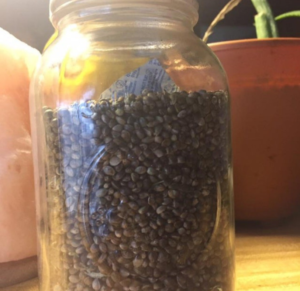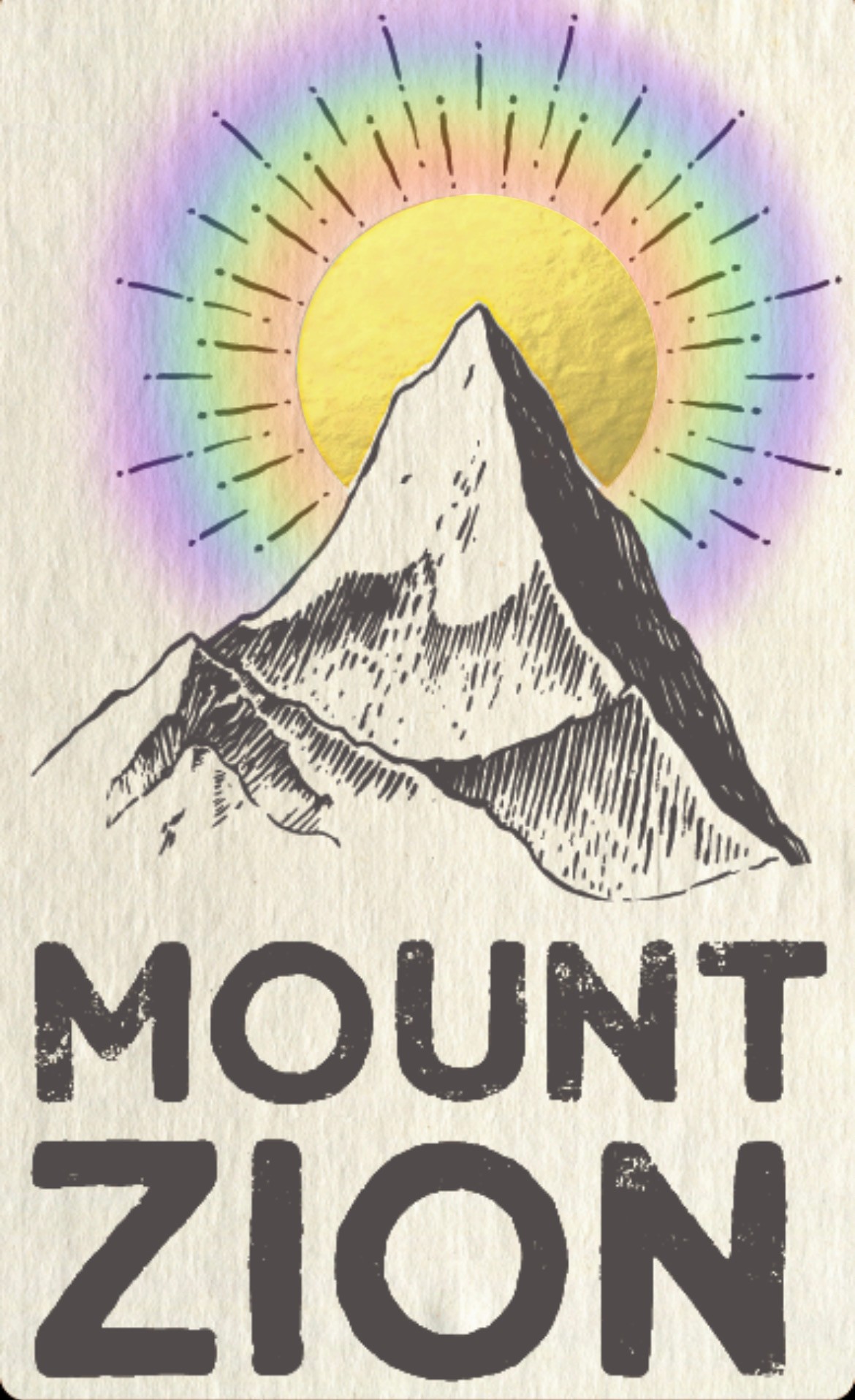19May 2023
Landrace seeds serve as the fundamental building blocks for every renowned cannabis strain you’ve come across. Strains that aren’t landraces inevitably trace their lineage back to these ancestral lines. Over time, these “old lines” have developed into stable breeding stock, possessing consistent traits due to their adaptation to specific environments. Below, we’ve listed a few noteworthy landrace strains that have gained fame and recognition, despite enduring years of unconstitutional prohibition. Having personally cultivated each of these strains, I can attest to their exceptional quality. Notably, their effects differ greatly from popular strains like Gorilla Glue and Cookies, boasting their own unique and undeniable “high” upon first consumption.
Sativa Strains: Acapulco Gold, Colombian Gold, Oaxacan, Kona Gold, Zambian Gold, Malawi Gold, Mozambique Poison, Durban Poison, “Manga Rosa” or Brazilian Pink Mango, Kali Ram
Indica Strains: Afghani, Pakistani, Hindu Kush, Sheelavathi, Badiya
This is just a glimpse into the vast variety available. There’s so much more to explore!
However, due to the profit-driven market’s preference for fast-flowering strains, many of these long-flowering Sativa strains rarely make an appearance in dispensaries. As most of them require more than 100 days to reach maturity, they often get overlooked by the average commercial cannabis operation. It’s truly unfortunate, as these strains could potentially be the exact medicine someone is seeking. While Indica hybrids typically deliver a fast and intense, potentially sedating high, the Sativa side of the family brings about an uplifting and energizing effect.
I vividly recall my first experience smoking a Sativa strain, Kona Gold. It completely surprised me with its distinctiveness compared to what I was accustomed to. I experienced a tranquil euphoria accompanied by an energy boost that kept me engaged in conversation all night long. I’ll never forget the moment when my brother and I decided to smoke a “bedtime bowl” together. Three hours later, we realized how Kona Gold had kept us awake, talkative, and blissfully content, unlike the Critical Mass we had been smoking.
My bond with Kona initiated my exploration of various landraces, exposing me to a whole new world of novelty and diversity that I had previously overlooked. The first time I tried a tester nugget from my first African Sativa, Malawi Gold, it felt as if someone had infused coffee directly into my veins. Filled with boundless energy, motivation, and spiritual clarity, I embarked on a run, discovering an abundant source of vitality. This was an experience that the popularized Cheech and Chong culture had not prepared me for. In fact, I would argue that there was a concerted effort by the powers that be to pigeonhole the public perception of cannabis.
The stereotypical portrayal of the forgetful, munchy and lethargic stoner solely reflects the effects of heavy Indica varieties. I bear no ill will towards those strains; in fact, they hold equal significance for any grower seeking a diverse range of homegrown medicinal options. However, I deeply lament the neglect of the old Sativa lines that once prevailed before the era of modern poly hybrids. Consequently, I have made it a priority to crossbreed with pure Sativas as much as possible in order to revive and preserve their genetics.
Our open pollination stock from 2019 and 2020 included an abundance of Mulanje and Kona Gold males. Our hope was to introduce medical growers and patients to an entirely new side of cannabis. Landrace Sativas typically exhibit lanky and elongated structures, with significant bulk developing
at the very end of their prolonged flowering period. Trust me, the wait and the additional time and effort invested in these landrace Sativas are truly worthwhile. These strains possess incredibly rare cannabinoid profiles, showcasing a wide range of variations and special entourage effects derived from cannabinoids like THC-V and CBG. Moreover, I have also found great solace and tranquility in the unadulterated, pure Indica varieties. I distinctly remember visiting a close friend—a large-scale commercial grower in Colorado—during the fall equinox, where he shared some untainted, never-crossed Afghani with me. The calming and stress-relieving effects were undeniable. Rather than an intense and overwhelming experience, it brought about a profound sense of ease that lasted for hours.
Now, let me be clear—I’m not suggesting that one should completely forgo the cultivation of poly hybrids. On the contrary, many skilled breeders are currently developing exceptional cultivars by crossing select phenotypes of old lines, resulting in new and highly desirable strains. However, I encourage you to reconsider the substantial costs associated with purchasing these seeds. Instead, take on the labor of love and embark on the journey of creating your own strain—a custom-tailored masterpiece designed to fulfill your specific needs. In my experience, the best approach is to cross landraces that align with your preferences and incorporate them with the strains you have already cultivated and grown fond of. The resulting crosses will be unique to you, infused with the enduring strength of the landrace genetics.
Lastly, let us not forget the importance of preserving and sharing as many landraces as possible. In various parts of the world, these invaluable strains are becoming diluted and at risk of being lost forever. As we continue to cultivate and nurture our passion for cannabis, let us embrace the spirit of growth and abundance.
Happy Growing and Jah Bless!
- JC

